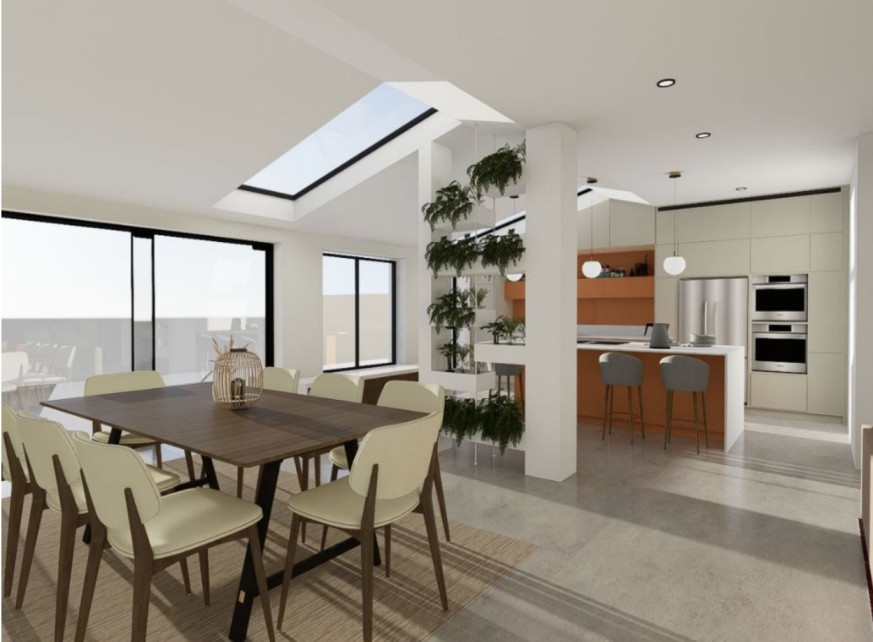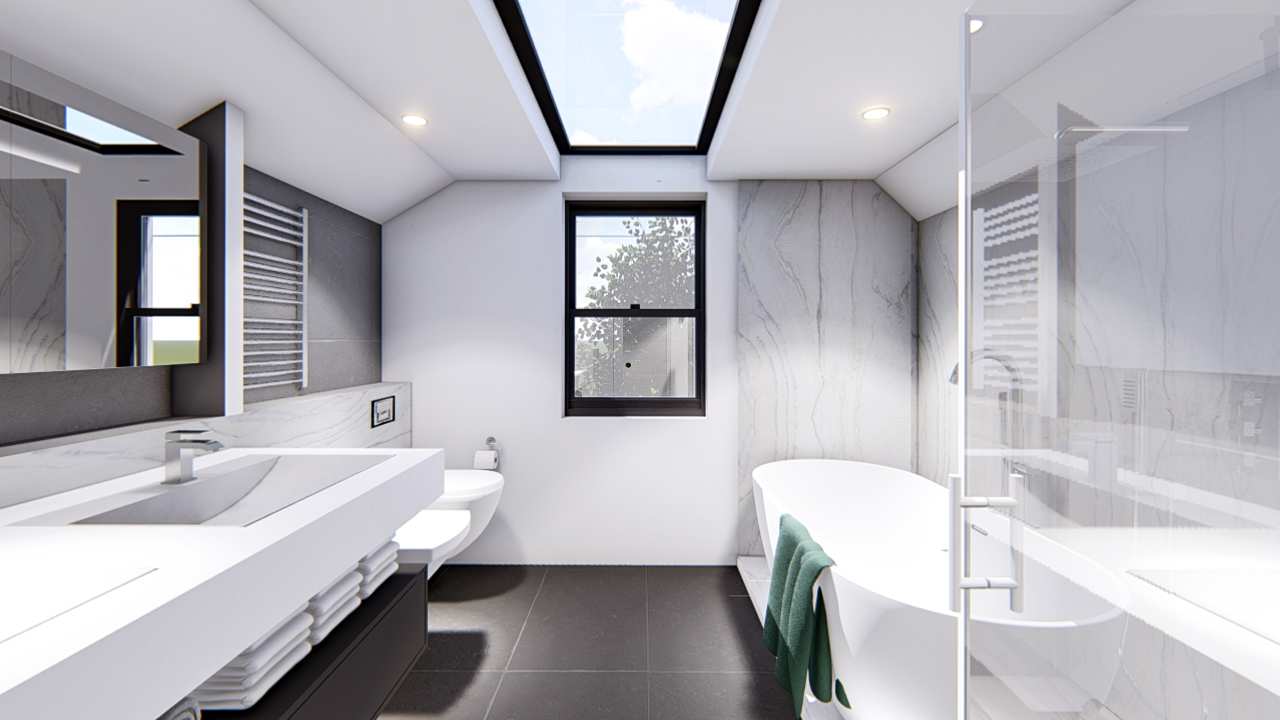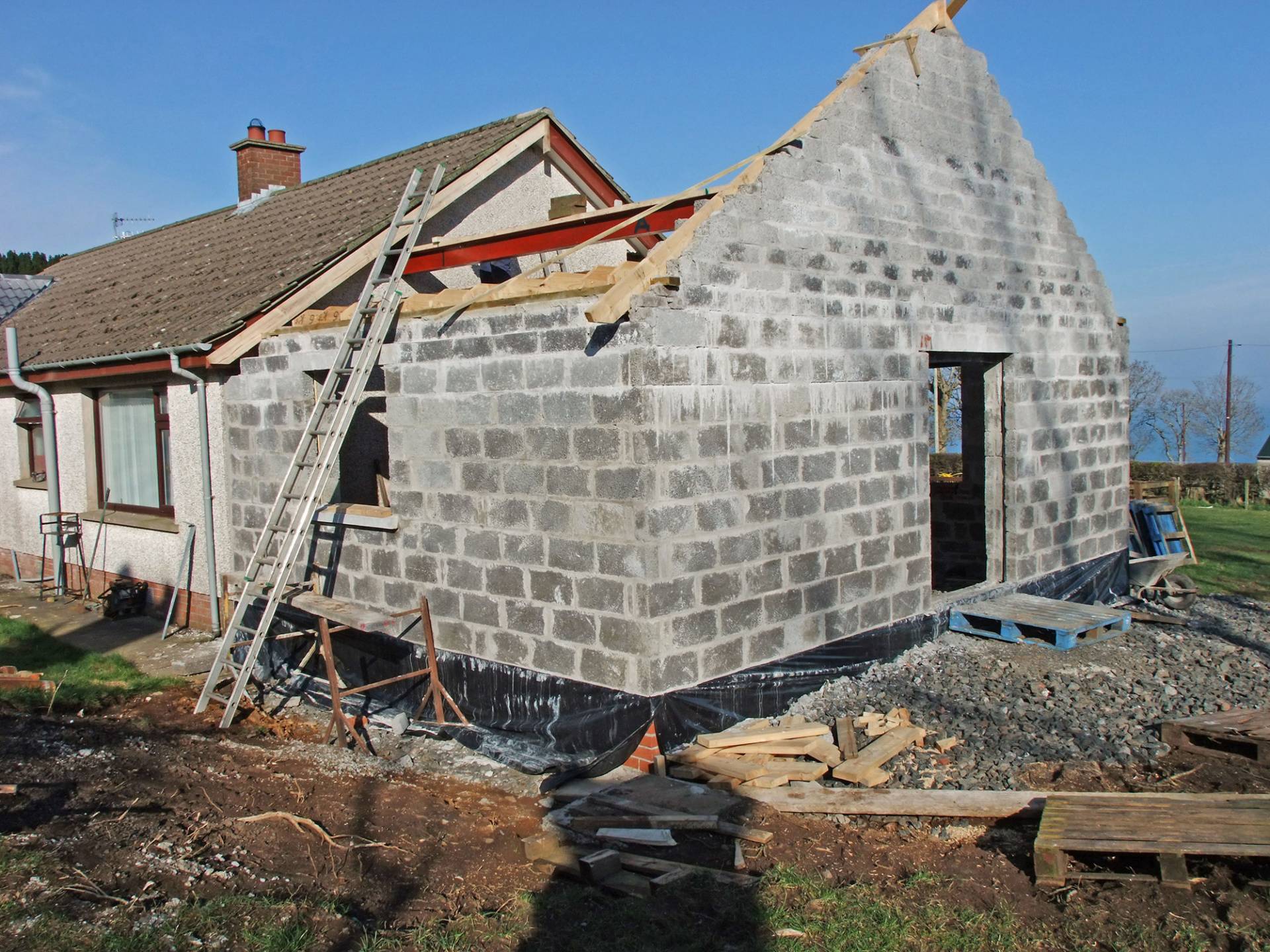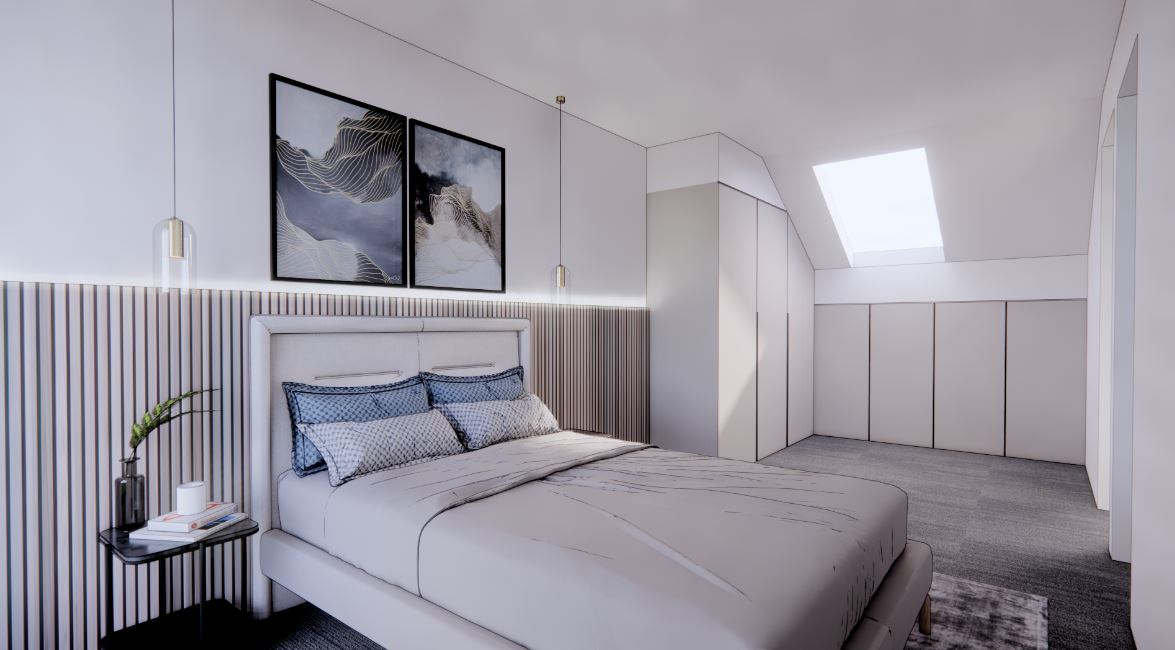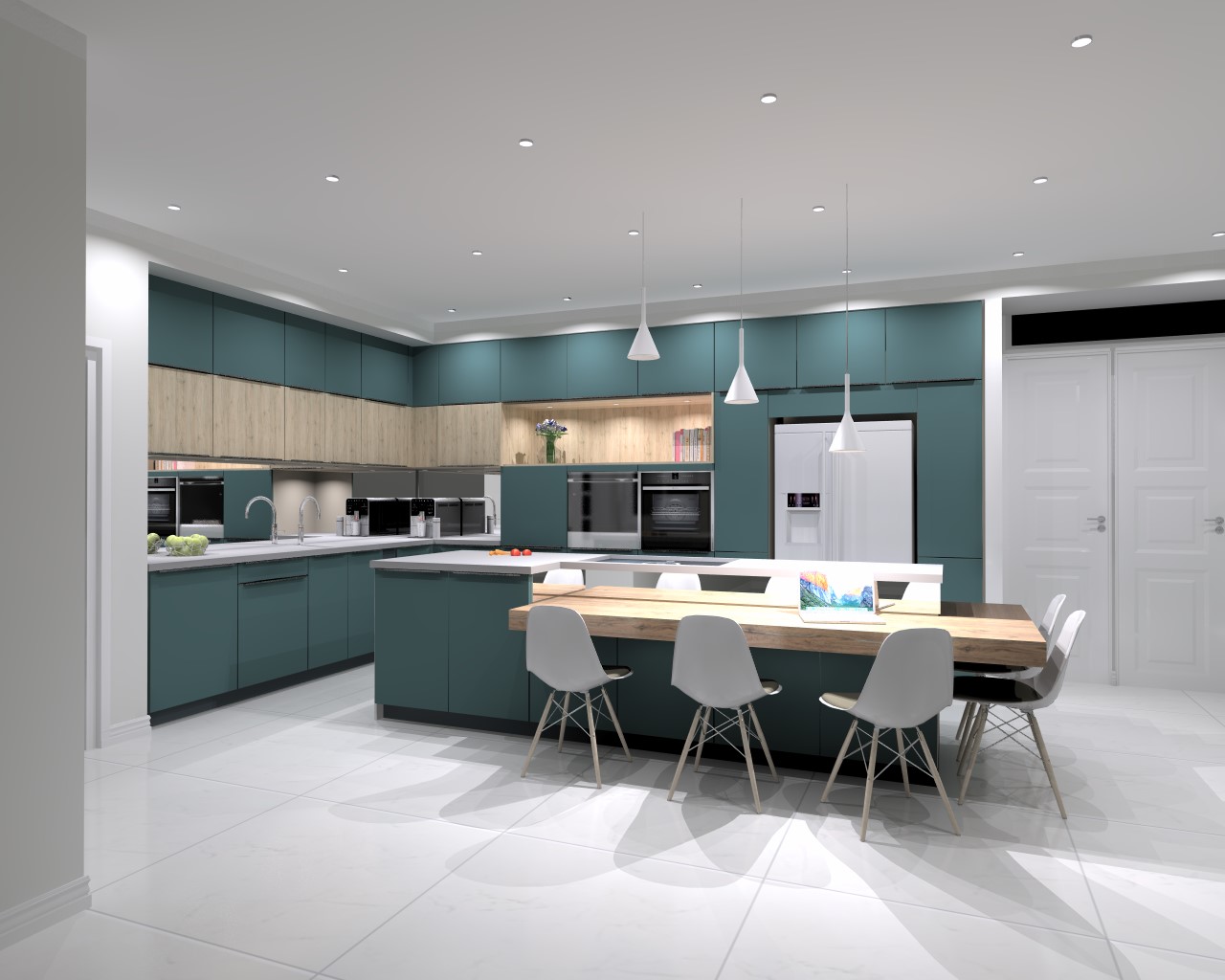Creative and Small Utility Room Ideas for UK Houses
In this article, you shall learn about why utility areas should always be part of your plan. Importantly you’ll learn about the most efficient ways one can utilise those small spaces and make the most of your budget and space.
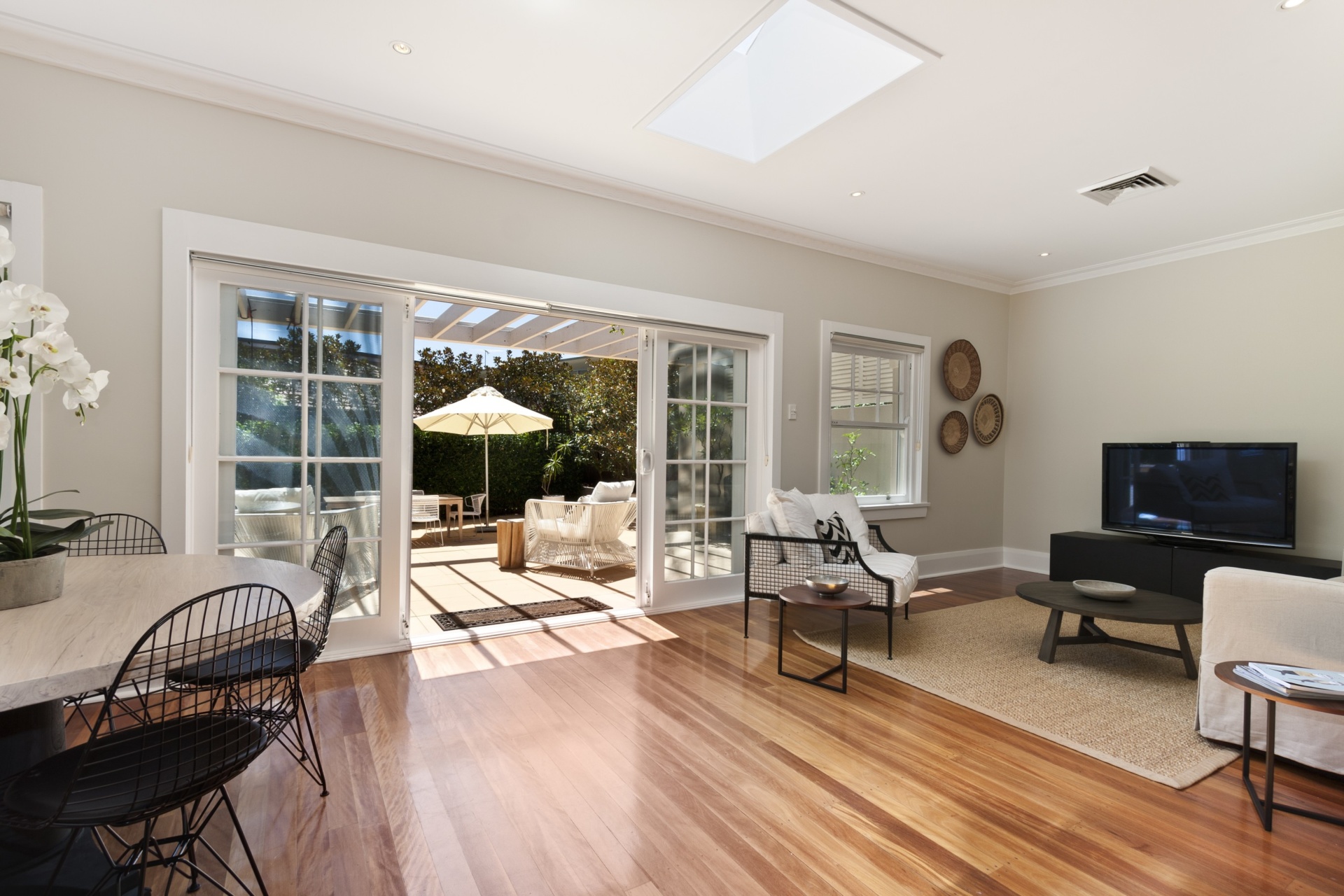
We bet you all know about the Dark Knight! Yes, the famous Caped Crusader who rescues Gotham time and again while being hidden in the shadows. One of the qualities of the Batman is that he’s unnoticeable and is never unveiled.
Utility areas are just like Batman. Hidden in the dark and barely unveiled to everyone. They take in all the dark and keep your house bright, neat, and spacious. Just like Batman, though utility rooms may not come under the bracket of the wants, but they will definitely fall under the needs. Too much…eh?!
Planning a Utility Area
Readers, let us now get into the nitty-gritties of extensions and why having a utility is of utmost importance.
Most construction plans might not make the best out of every nook and corner of the house. Our order of house plans though primarily may involve all the sophistications and open spaces; we may later grunt at not utilising that one space just because we didn’t know what to do. That very space can be your small utility room or area.
The reason we may miss out on utility areas is because they are usually spaces with negligible areas and will not always sync with our grand dreams. Or sometimes, you may not have hired a professional like an architect or an interior designer to make the best out of the square footage available.
Not anymore! In this article, you shall learn about why utility areas should always be part of your plan. Importantly you’ll learn about the most efficient ways one can utilise those small spaces and make the most of your budget and space as per Extension Architecture’s expertise.

Steph Fanizza, Architectural Design & Team Manager
Tell us about your plan and we'll send you a free quote! It takes less than 60 seconds!
Examine your Impressions
To begin with, you need to mark that space where you want to plan your utility room. To help you more, a utility room can be best planned beside a kitchen, or even a bathroom. It depends on how you intend to utilise the room as. It would also be best if your utility room had an outlet. This is because utility rooms with an outlet can also be used as rooms for laundry or in other plans, it makes it easier for you to clean the space if there are other ideas that warrant daily maintenance. An ideal size can always be 3m * 3m.
1. Storage Room
When we think of utility spaces, probably the first thing that strikes most of us is a storage unit. To keep all those elements of the house which we may or may not regularly use. You can plan to use your utility room as a space to keep your coffee machine, electrical appliances, garden utilities, shoes, sports gears, chemical-based liquids or items, or anything that may be hazardous and out of children’s reach.
The ideal size for a storage unit could be around 1.8m * 2.5m. Here, you can install a cupboard and as well include racks/shelves beside that to help you with easy access to daily usable items. A granite slab below the shelves will be great to keep heavy equipment such as a coffee machine or any large sized utility. If you do not have that tall space for a cupboard, you can install additional shelves to increase your storage space.
2. Laundry Space
One of the most common utility ideas is to install a laundry space. Considering that most washing machines measure 85cm or 0.85m in height and 60cm or 0.6m in width. Now you know your floor space should be at least more than 1m to make it convenient for you to walk inside the room and utilise the machine. So, an ideal size for a laundry room would be 1.2m * 2m.
With a laundry space, you have to additionally ensure that you have all the necessary piping connections and an outlet. A window inside the room would be great. This will not only help in offering good ventilation, but during rainy seasons, you can hang your clothes near to the window. If there is more space, you can install a small cupboard
to rack up your pre-laundry clothes and items you may use, such as chemicals, washing powders, detergents, an iron box and other laundry-related items.
3. Wet Kitchen
Picture this: Your friends walk into your house and are immediately struck by how spotless your kitchen is. They marvel at your incredible organizational skills, showering you with compliments. Little do they know that the secret lies in a hidden gem called the ‘utility room’.
A “spic and span” kitchen area is what you get.
4. Space Below the Stairs
This is a great idea to make your utility look almost invisible. Not that you want to hide it, just that you do not have to think of a dedicated space otherwise. This space can be used to store either your monthly groceries that are fit for prolonged storage, or your cleaning appliances such as mops and brooms, a vacuum cleaner, or any electrical daily usable appliance.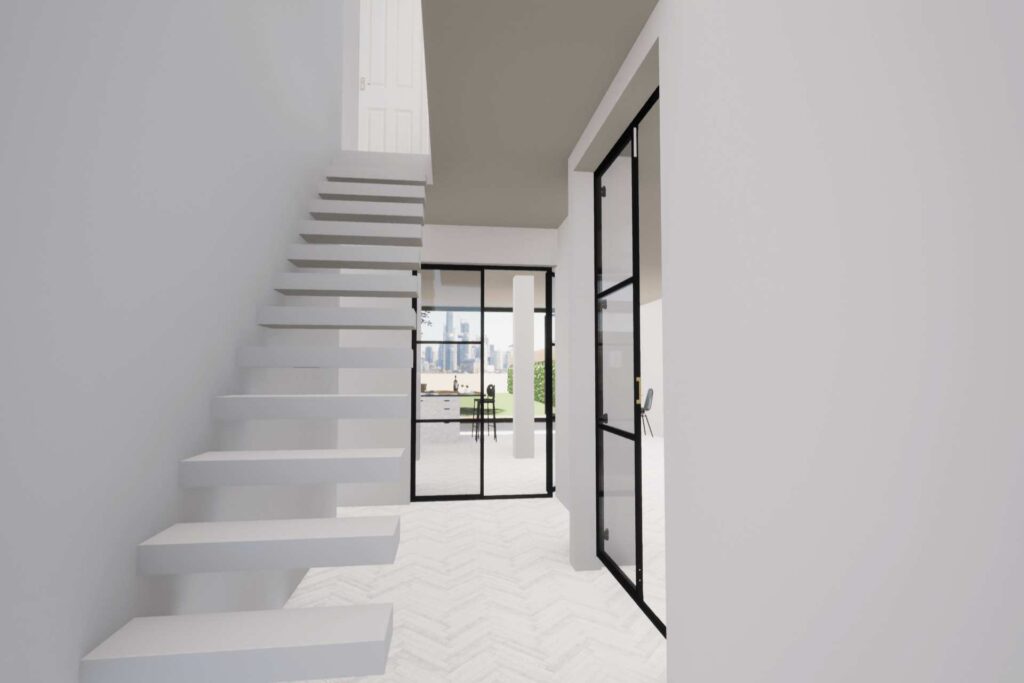
5. Go Vertical
If there is scope, utilise your utility room to the full, especially the vertical space. This will not only accommodate dual necessities, but additionally saves you more floor space. 1.2m * 2m utility area if built as a vertical space can be utilised up to the ceiling. Install a cupboard that runs up to the ceiling and is 0.5m wide. Use it to store your laundry and related items. In the remaining 1.5m you can fit a washing machine of 0.6m width and will still be left with space of 0.9m which can be utilised to install a sink-with-slab and shelves that go up to the ceiling.
A great idea can be shelves with good vertical space. You can create zones to store utilities that belong to the kitchen, cleaning, books and perhaps a zone to stuff items that are for official use. The least used items or appliances can make it to the top of the shelf; make sure they are also light in weight. Items that are frequently used or used daily can form the section below.
6. Sliding Doors/Pocket Doors
Needles to reiterate, but incorporating sliding or pocket doors will save a great amount of space inside your utility room. The obvious benefit is that it provides you with more flexibility to plan your space.
7. Room to Fill the Boots
Store your seasonal clothing such as your jackets, coats, hats and your wellies. You can of course create ample space for your boots too. Make separate sections to store weekend clothing, winter clothing and summer clothing for you and the members of your family to easily identify and pick from. This can also be your dressing room.
8. Utilise Narrow Spaces
If the available space is very narrow, which just extends a few millimeters to the width of a washing machine, then think of utilising the vertical space as much. Installing a tall cupboard and bench seat beside it with sliding doors and storage units will work great. Make sure you have the wall hangings and hooks to hang up clothing items that require daily access.
9. Light them Up
If your utility room is a bit gloomy and dark, it’s an opportunity to be creative. Small, glowing name boards, and aesthetic lighting solutions such as neon lights can be installed to make the space look more flamboyant and cheerful.
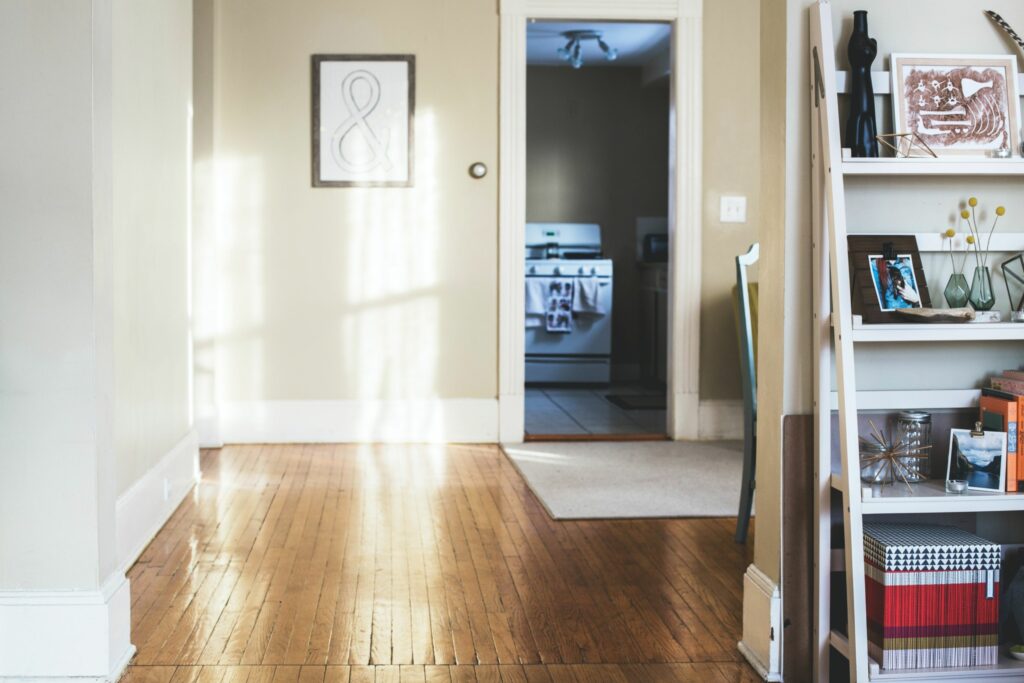
You can also keep two walls, let them be adjacent as your painting wall. Make it your canvas to stick those big sheets and explore your creative imaginations. This will also
encourage other members of your house, especially your children, to explore their interests.
Conclusion:
There are a thousand ways to explore your utility space. Utility rooms do not require big pockets. It mainly depends on your creative thinking and will be based on the necessities of your living. It is important that you make your utility room as cost-efficient as possible, but do not compromise on your creativity; because the more creative you are, the more functional your utility room will turn out to be.
Designing a utility room efficiently may ask more than just planning. At Extension Architecture, we have decades of experience in freeing up complex spaces and design those as fully functional delicately crafted spaces that offer more efficiency and utility. Whether you’re planning an extension or constructing new premises, reach out to us to make the best use of every inch of your house into a fully functional and vibrant space.


